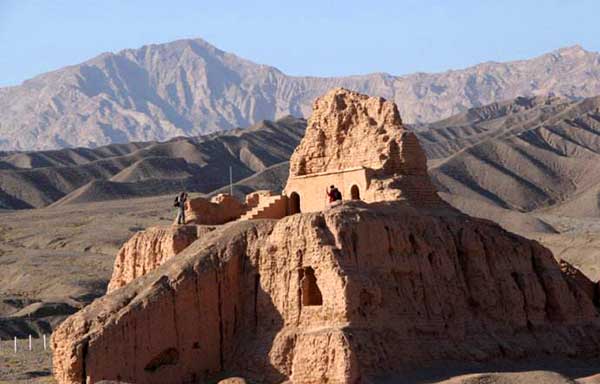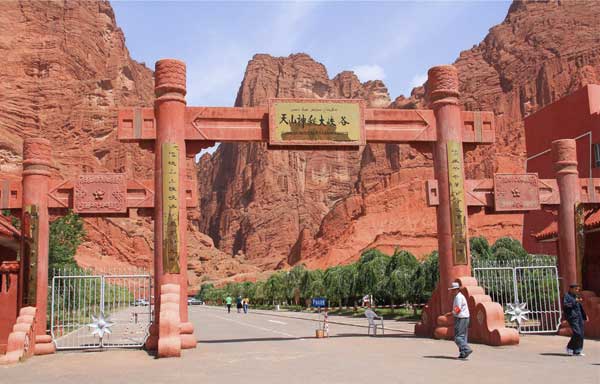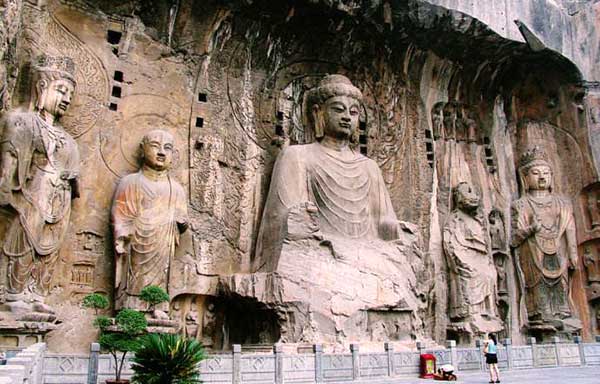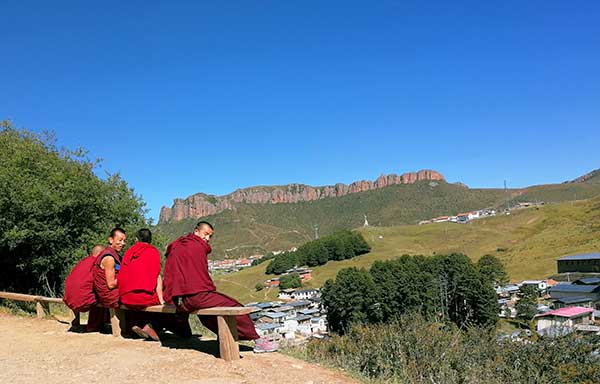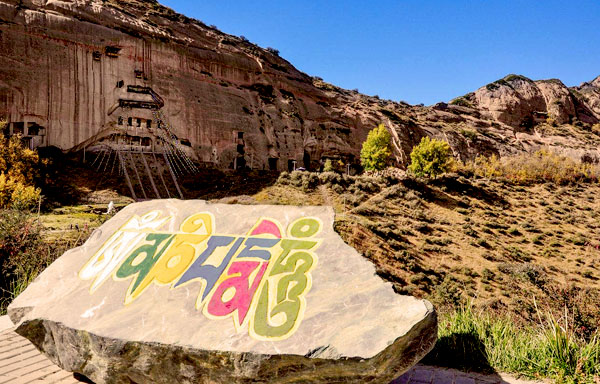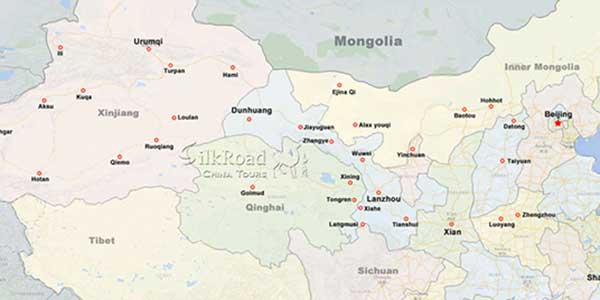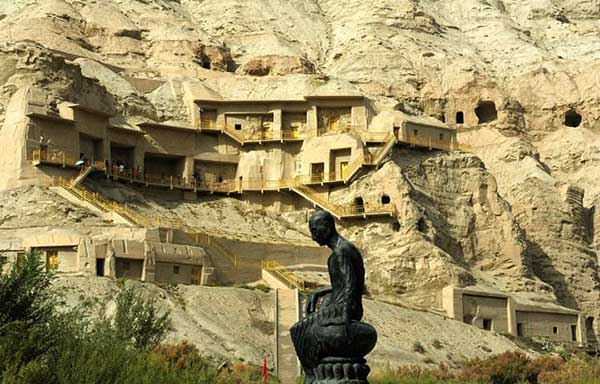 Kizil Caves, also known as Kizil Thousand Buddha Caves, located 7km southeast of Kizil town, Baicheng County and 70km from Kuqa, Xinjiang ,they were built on the cliffs of Tagus Hill, facing south with the Muzat Valley.
Kizil Caves, also known as Kizil Thousand Buddha Caves, located 7km southeast of Kizil town, Baicheng County and 70km from Kuqa, Xinjiang ,they were built on the cliffs of Tagus Hill, facing south with the Muzat Valley.
Kizil Grottoes are the earliest and westernmost caves of China. They were built around the 3rd century AD and gradually ceased to built in the 8th to 9th centuries AD. It was announced as one of the first batch of national key cultural relics protection units in 1961.
There are 4 sites in Kizil with 236 officially numbered grottoes. Most of the statues have been destroyed. There are still 81 caves with exquisite murals, which well represent the cultural relics of ancient Kucha.
On June 22, 2014, at the 38th World Heritage Committee meeting held in Doha, Qatar, the Kizil Caves as a relic to "Silk Road: Chang'an - Tianshan Mountains Corridor road network ", which joint applied by China, Kazakhstan and Kyrgyzstan, successfully included in the" World Heritage List. "
Historical background
According to research, Kuqa County is the site of the ancient Kucha kingdom established by the Aryans over 2000 years ago. The ancient Kucha kingdom was founded in 176 BC and was destroyed by the Huihu people in 1001 AD, existed for more than a thousand years. It was one of the 36 big powers in Western region during the Han and Tang dynasties. Its territory includes the Kuqa Basin Oasis, the Sailimu Oasis, the Baicheng Oasis, the Aksu Oasis, the Xinhe Oasis, the Shaya Oasis and the Luntai Oasis .
As early as the first century AD, during emperor Ming of Eastern Han dynasty , Buddhism was introduced to Xinjiang via the Silk Road, until 13th and 14th centuries AD Islam replaced Buddhism, Buddhism in Xinjiang flourished for more than 1,000 years. In the 4th century AD, the Buddhism in the Kucha Kingdom was very prosperous. Not only many beautiful and magnificent monasteries were built, but also artisans and famous painters were concentrated in building the magnificent Kizil Thousand Buddha Caves.
Attractions in the area
Related Tours
General Information
Alias: Kizil Thousand Buddha Caves
Loc: 70km from Kuqa
Entrance: 55 RMB
Open Time: 8:30 - 5:30
Relevant blogs
-
How did the name of Tianshui in Gansu come about?
The name Tianshui is very pleasant to the ear, and it reminds one of that exquisitely beautiful verse, "After getting drunk, one doesn't know if the sky is in
-
The 8th Silk Road Hotel Festival was successfully held i
On December 27th, the "8th Silk Road Hotel Festival" grandly opened at the Yujing International Hotel in Zhangye. This hotel festival gathered industry experts,
-
The Karez Irrigation System in Turpan has been selected
On September 3rd, at the 75th Executive Council Meeting of the International Commission on Irrigation and Drainage held in Sydney, Australia, the 2024 (11th bat
-
What is the connection between "dragons" and "snakes
In traditional Chinese culture, the snake has a dual identity of auspiciousness and danger. Ancient people believed that the snake not only possesses divine cha
-
Endangered Przewalski's Horses Spotted at Dunhuang Yume
<p>In early February, a group of special "visitors"—the Przewalski's horses—appeared at the Dunhuang Yumen Pass scenic area in Gansu Province, a U
-
The Fourth Dunhuang Cultural Tourism Supplier Conference
On the morning of February 18th, the Fourth Dunhuang Cultural Tourism Supplier Conference in Northwest China commenced at the Dunhuang International Convention






